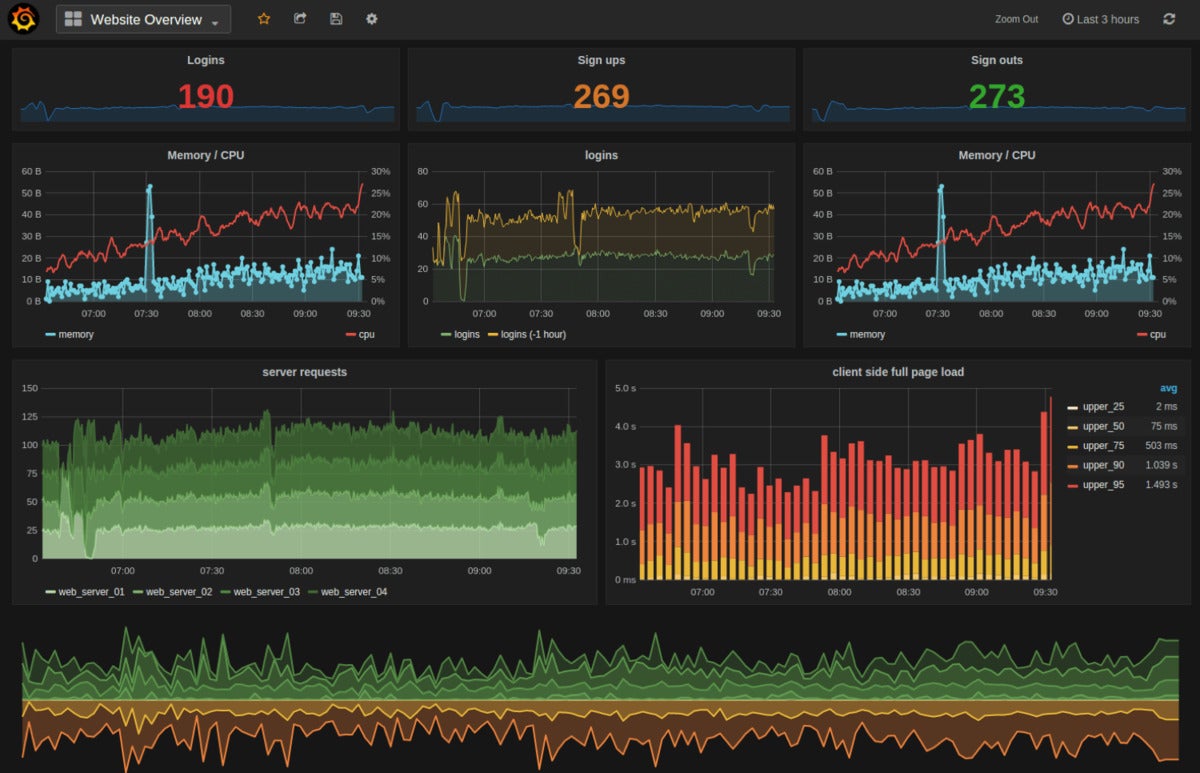- Yes, your internet provider can throttle your speed. Here's how to stop it (or at least try to)
- Half of Firms Suffer Two Supply Chain Incidents in Past Year
- Data strategy e qualità del dato: come gettare le basi per implementare l’AI
- INE Security Alert: $16.6 Billion in Cyber Losses Underscore Critical Need for Advanced Security Training
- From help desk to AI harmony: Redefining IT support in the age of intelligent automation
Cisco puts app-performance tools in the cloud

Cisco is taking aim at better controlling the performance and development of core applications with a new AppDynamics cloud service and open-source development tools.
AppDynamics Cloud is a cloud-native service designed to let enterprises observe applications and take action to remediate performance problems.
Available by the end of June, the service is built to observe distributed and dynamic cloud-native applications at scale, wrote chief marketing officer of Cisco AppDynamics, Eric Schou in a blog about the new offering.
AppDynamics Cloud is built on a foundation that embraces OpenTelemetry, an emerging standard for data collection that reduces friction between service owners and site reliability engineers, DevOps and developers enabling teams to visualize and measure application performance from multiple data sources collaboratively, Schou wrote.
AppDynamics Cloud ingests metrics, events, logs, and traces generated from the enterprise environment—including network, databases, storage, containers, security, and cloud services—to make sense of the current state of the entire IT stack all the way to the end user. Actions can then be taken to optimize costs, maximize transaction revenue, and secure user and organizational data, Schou stated. AppDynamics Cloud supports cloud-native, managed Kubernetes environments on Amazon Web Services (AWS), with future expansion to Microsoft Azure, Google Cloud Platform, and other cloud providers.
AppDynamics customers can upgrade to AppDynamics Cloud and use their existing application performance monitoring (APM) agents, or feed both solutions concurrently.
Currently the AppDynamics performance-management platform uses a series of agents and controllers to monitor the performance of application code, runtime, and behavior. Agents are deployed across the enterprise, from devices to containers and host application locations.
The system uses AI and machine learning to correlate information from across different domains to better understand application performance and infrastructure dependencies and quickly identify problems. The system also supports analytics to help IT teams understand why things are not working optimally and to predict when problems will occur.
Cisco also unveiled a development tools, available now, that promise faster application development cycles, and let companies build stronger modern application connectivity, security, and observability.
The first, Panoptica, lets developers and engineers provide cloud-native security from application development to runtime. It offers a single interface for comprehensive container, serverless, API, service mesh, and Kubernetes security, it scales across multiple clusters with an agentless architecture, and integrates with CI/CD tools and language frameworks across multiple clouds.
The idea is to let developers embed security-centric or -conscious decisions earlier in the software development lifecycle, Cisco stated.
The second tool, Calisti, is an Istio-based service-mesh manager that lets developers build complex connectivity, lifecycle management, and microservice security within multi-cloud environments.
It enables developers to inject application traffic loads, errors or faults to see what their impact would be on availability and performance, Cisco stated. That way they can see what needs to be changed or refined before the application goes live.
Copyright © 2022 IDG Communications, Inc.

